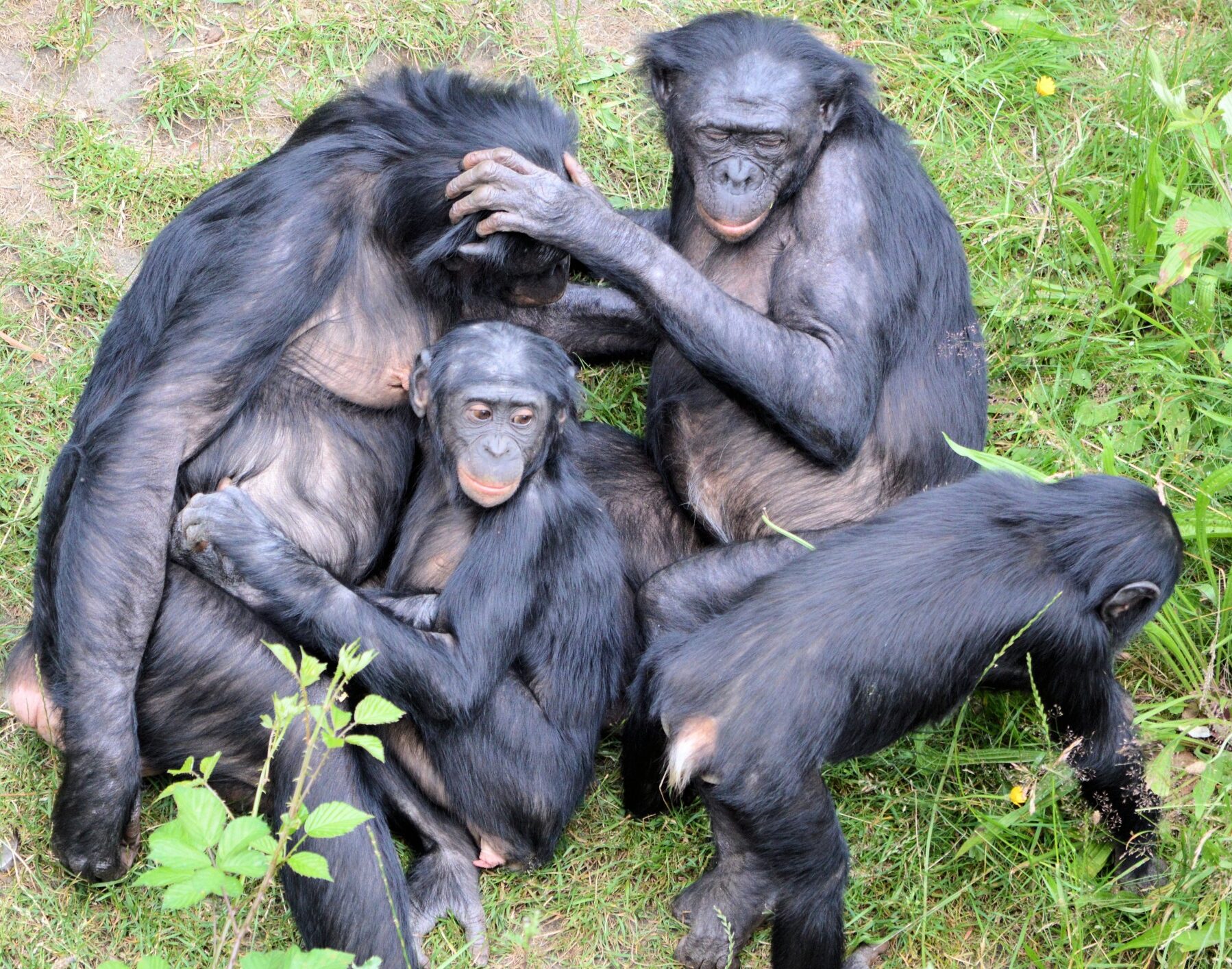A new study has revealed that humpback whale songs share a surprising statistical pattern with human language. Researchers found that these whale songs follow the same kind of frequency distribution as words in human speech, a pattern known as a “Zipfian distribution.” This discovery suggests that cultural transmission, learning from others, plays a key role in shaping communication, even in species very different from humans.
What Makes Whale Songs Special?
Humpback whale songs are complex and made up of repeating patterns. The songs change over time as whales learn from each other. The songs are built from smaller parts: individual sounds form “phrases,” which repeat to create “themes,” and multiple themes make up a full song.
Scientists have long known that human languages follow a Zipfian distribution: a few words (like “the” or “and”) are used very often, while most words are rarer. This pattern helps humans learn language more easily. The new study shows that whale songs have the same structure when broken down into their basic parts.

Source: Giles Laurent, CC BY-SA 4.0
How Did Researchers Study Whale Songs?
The team analyzed eight years of recordings from humpback whales. They used a method inspired by how human babies learn language, by detecting dips in the predictability of sounds. Just as babies notice when one sound is unlikely to follow another (a clue to word boundaries), the researchers looked for similar breaks in whale songs.
They found that the most common whale song “subsequences” appeared frequently, while most were rare, just like words in human language. The fit to a Zipfian pattern was even stronger than when analyzing individual whale sounds or human-labeled themes.
Why Does This Matter?
This discovery suggests that cultural transmission, passing songs from one whale to another, shapes whale communication in ways similar to human language. The study also found that shorter whale song sequences were more common, another pattern seen in human speech .
While whale songs don’t have known meanings like human words, their structure hints that learning and efficiency play a role in their evolution. The researchers say this could mean similar patterns might exist in other animals with learned vocalizations, like songbirds.
The Big Picture
The study highlights a fascinating link between humans and humpback whales, two species separated by millions of years of evolution but united by the power of learned communication. By studying whale songs, scientists gain new insights into how culture shapes language-like systems in nature.
***
“Whale song shows language-like statistical structure,” Arnon et al. Science (2025).








